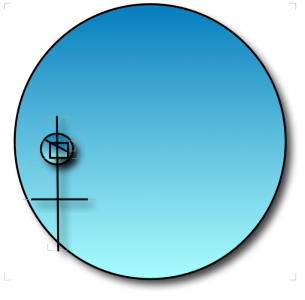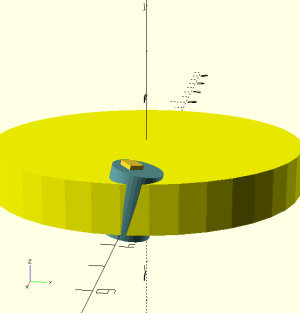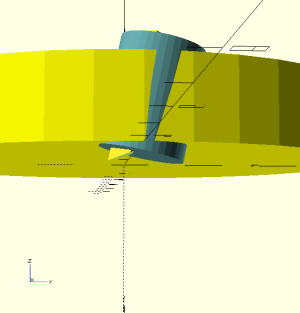- Joined
- Nov 4, 2012
- Messages
- 52
Brino:
Please note this concept is what Homebrewed came up with at the beginning of this thread.
I am just expanding upon his idea. To take it from a simple small Face Mill into a larger Flywheel base Fly Cutter suitable for the low torque Mini Mill. At the speeds for a Fly Cutter to operate and provide an optimal finish the Fly Wheel inertial forces should minimize the actual low torque or the motor. The simplicity of the Fly Cutter with the added cutting ability of the Tangential cutter and simplicity of the single facet grind to the tool bit should provide for an enjoyable build and hours of pleasure watching the magic of a simple home made tool provide a masterful cut and finish.
Please note this concept is what Homebrewed came up with at the beginning of this thread.
I am just expanding upon his idea. To take it from a simple small Face Mill into a larger Flywheel base Fly Cutter suitable for the low torque Mini Mill. At the speeds for a Fly Cutter to operate and provide an optimal finish the Fly Wheel inertial forces should minimize the actual low torque or the motor. The simplicity of the Fly Cutter with the added cutting ability of the Tangential cutter and simplicity of the single facet grind to the tool bit should provide for an enjoyable build and hours of pleasure watching the magic of a simple home made tool provide a masterful cut and finish.




